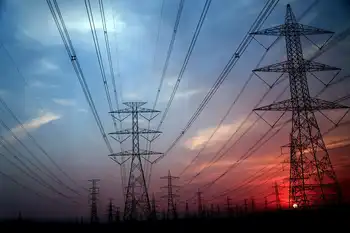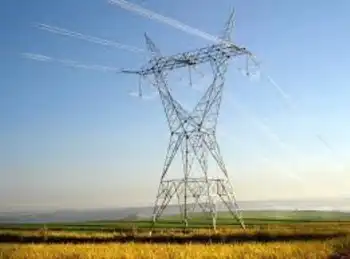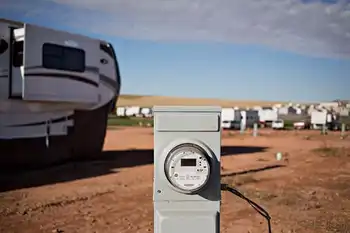Russia can store Japan's spent nuclear fuel
Moscow -- - Russia can provide a long-term storage facility for spent nuclear fuel from Japanese nuclear power plants, an expert from the Russian Atomic Energy Ministry who oversees the construction of new and expansion of existing storage facilities for spent nuclear fuel said recently.
He said: "Work is under way at the mining and chemical complex near Krasnoyarsk on expanding and increasing the capacity of the liquid storage facility to up to 8,000 tonnes."
In addition, "there is a project to build a dry storage facility there for over 30,000 tonnes".
"There are plans to use only part of the facilities to store spent nuclear fuel from Russian nuclear power plants and the rest can be used for spent nuclear fuel from Japanese nuclear power plants," the Atomic Energy Ministry expert said.
He added the Atomic Energy Ministry "is studying the possibility of building a storage facility in Chita Region".
"The existing Russian legislation allows us to import spent nuclear fuel from other countries to store for up to 50 years," the expert said. The law stipulates "the obligatory return of the spent nuclear fuel to its owner in the original containers and spending no less than 30 per cent of the profit on environmental protection".
According to the Atomic Energy Ministry, "54 nuclear reactors in Japan are currently producing 1,500 to 2,000 kg of spent nuclear fuel a year".
"After three decades since the beginning of the Japanese nuclear energy programme, the country is facing the problem of storing spent nuclear fuel," the Russian expert said. The same problem exists in other countries of Southeast Asia, he said.
The expert said: "An average world price for storing 1 kg of spent nuclear fuel, including its delivery to a storage facility and return to its owner, is between 200 and 400 dollars."
Related News

UK homes can become virtual power plants to avoid outages
LONDON - This month we published our analysis of the British electricity system this winter. Our message is clear: in the base case our analysis indicates that supply margins are expected to be adequate, however this winter will undoubtedly be challenging. Therefore, all of us in the electricity system operator (ESO) are working round the clock to manage the system, ensure the flow of energy and do our bit to keep costs down for consumers.
One of the tools we have developed is the demand flexibility service. From November, this new capability will reward homes and businesses for shifting their electricity…




